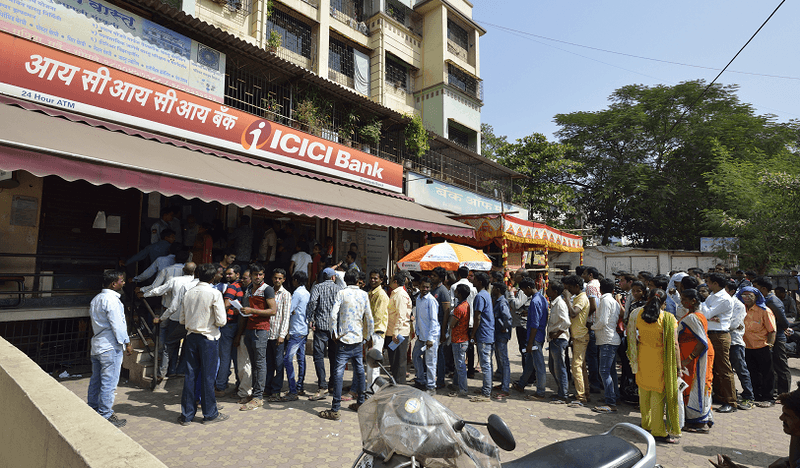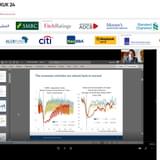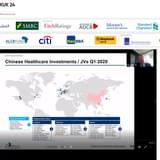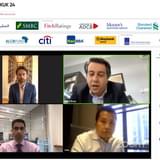Bonds & Loans: How are key sectors in India’s economy performing?
Suyash Choudhary: At a macroeconomic level, there are growth factors currently impacting India’s economy. First, there is a slowdown in manufacturing activity, which is consistent with the slowdown in other major geographies around the world. Second, and more local in nature is the recent consumption slowdown. Income growth has generally been weak over the past few years. However, it is likely that consumer leverage has been rising and thus keeping overall demand steady. A recent squeeze in certain segments of the financing market may now be leading to a slowdown in leverage growth. This may be affecting the consumption of some items, but a behavioural aspect may also be in play: in the face of falling savings and weaker economic prospects, consumers may be becoming more cautious.
Bonds & Loans: Do you view the recent defaults amongst certain players in the NBFC sector as a short-term liquidity squeeze or as a deeper, long-term structural issue?
Suyash Choudhary: This seems to be a cyclical rather than a structural issue, and likely reflects the high level of lending to a specific sub-sector of the economy over the past few years. It is to be noted, however, that there are enough companies within the NBFC sector that have experienced previous cycles and have grown prudently, and have therefore emerged unscathed during the current liquidity squeeze.
Addressing the problems of India’s more susceptible NBFCs will require adequate recognition of stress in the underlying lending books, so that financing to these companies can restart at a balance sheet level rather than the asset level, which is what is currently occurring.
Bonds & Loans: How much danger does the ongoing trade war between the US and China pose to India?
Suyash Choudhary: Our linkages are comparatively few and the direct negative impact may be quite limited. Indeed, it has been argued that India may well turn out to be a beneficiary should some of the supply chains get redrawn as a consequence of the trade war. However, insofar as the trade war further weakens an already weak global manufacturing cycle, it is clearly a general headwind for India as well.
Bonds & Loans: As the economic cycle begins to turn, how are you adapting your portfolio positioning?
Suyash Choudhary: We have held the view since late last year that the world may be entering a synchronised slowdown. Since then, additional evidence has further strengthened this view. Our view has been that there is no easy resolution to the selective credit squeeze that parts of Indian financing sector have been facing. On this basis, we have had a strong bias for quality within fixed income, and a preference for longer-duration wherever allowed by the mandates of our particular funds. We are looking to continue with this stance, given that a meaningful upturn in the global and local economic cycle looks unlikely in the near foreseeable future.
Bonds & Loans: How effective do you think the stimulus measures announced in the government’s recent budget will be at boosting growth? How do you view the government’s more relaxed approach to the deficit?
Suyash Choudhary: The government faces a reasonable revenue constraint, amounting to around 0.7% of GDP versus expected growth rates, that has been placed on the central government’s finances – owing to weakness in tax collections. Within these given constraints, the Finance Minister has been reasonably prudent and has refrained from any large-scale additional counter-cyclical measures. A sustained reversal in the local economic cycle will require a stabilization in global growth as well as some alleviation in the current stress seen in parts of the local financing market.









